Arabica Flavor characteristics explain what Arabica variety is | what are the characteristics of Arabica coffee beans
There are three main varieties of coffee beans in the world: Arabica, Robusta, and Liberica. The more common are Arabica (Arabica, elegant flavor, is the main boutique coffee) and Robusta (Robusta, or thick beans, rough flavor, high caffeine content, not boutique coffee).
Most of the boutique coffee is Arabica, such as Jamaican Blue Mountain Coffee, Rose Summer Coffee, Qianjie 2013 Iron pickup Coffee and so on. Arabica coffee is a favorite of coffee friends because of its good flavor, taste and sweetness. Arabica beans are one of the three major beans of coffee, accounting for 70% of the coffee consumption market and one of the highest consumption coffee beans in the world, while others such as Roberta account for 30%.
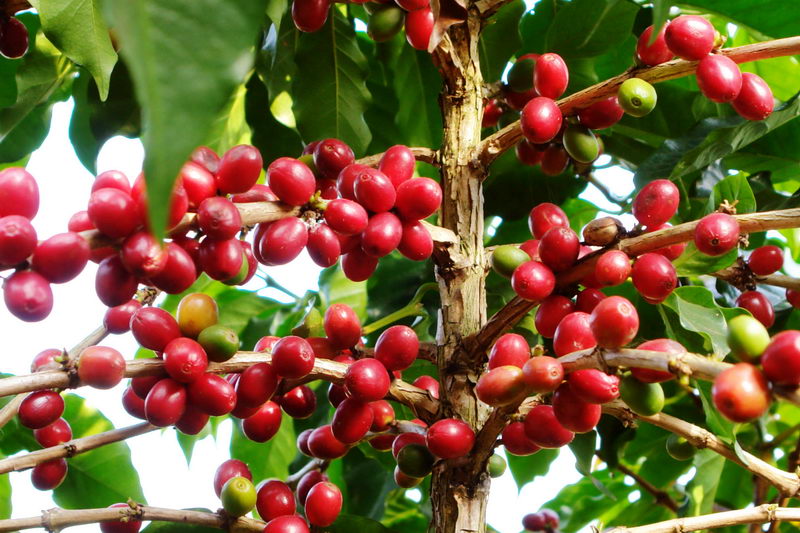
Arabica species is the earliest coffee variety to be discovered. Although the name of Arabica species "Coffee Arabica" originated from Arabia, it comes from the hometown of coffee-Ethiopia, and is considered to be one of the best quality coffee bean varieties, and it is also the most important coffee bean variety in the world. Arabica species are produced in Central and South America, Africa, Asia and so on. When the Ethiopians discovered coffee, they picked coffee leaves and chewed them to cheer them up, and the fruit was once used as medicine. Later, after Arab scholars studied, people developed the habit of drinking after baking, which was spread to all parts of the world by Arabs through trade in the 16th century and gradually developed into a popular drink today.
The boutique coffee referred to in the third wave of boutique coffee craze includes four aspects: variety, altitude, treatment and cup test score. Among them, Arabica is the main variety of coffee beans.
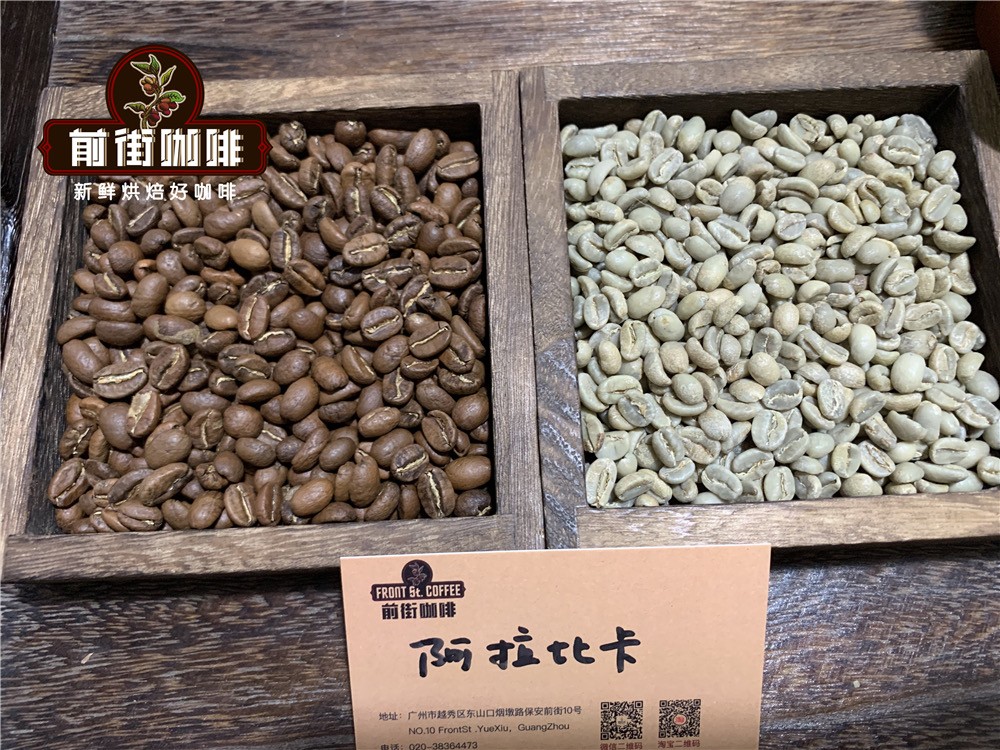
Arabica varieties have relatively high requirements for the growth environment, unlike Robusta's low requirements for growth environment. Arabica coffee usually grows between 2.5 and 4.5 meters, tolerates low temperature but can not frost, does not have strong drought capacity, and has large granules. Clean flavor, mellow taste and low caffeine. For example, the most obvious and famous coffee is Panamanian Rose Summer Coffee and Jamaican Blue Mountain Coffee, whose geographical environment has achieved the characteristic flavor of Panamanian Rose Summer Coffee and Jamaican Blue Mountain Coffee and has become one of the most expensive coffee in the world.
Arabica species generally have two slightly flat beans, the front is long oval, the middle crack is narrow and curved, S-shaped, and the arc on the back of the beans is flat. Caffeine content is about 0.8% Rue 1.5%.
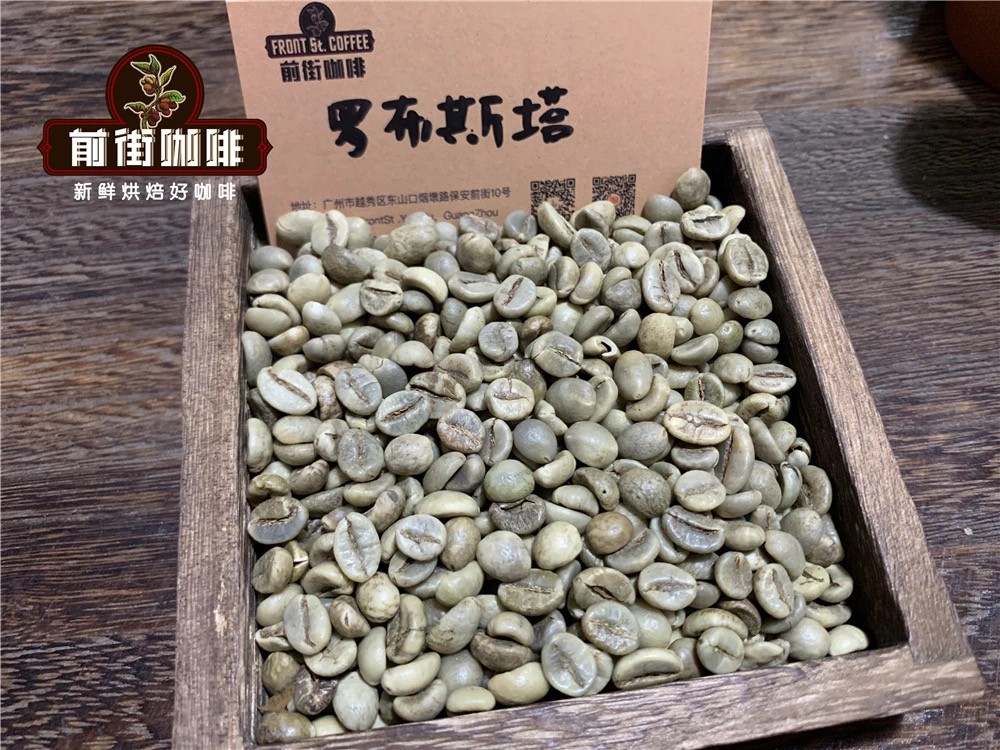
Robusta coffee may hear relatively little, probably know that the taste is not as good as Arabica coffee, is not a boutique coffee, at the same time, Robusta coffee is usually used in commercial beans. In the commercial blending of Qianjie coffee, there are Vietnamese Luodou. In fact, the Robusta coffee species should be strictly called the Canefa species. Robusta is a subgenus of the Canefa species, so Robusta has almost replaced Canefra as a synonym for the species. Robusta originated in the Congo (basin) of West Africa and is widely cultivated because of its low altitude, high yield and easy to grow. Its coffee production accounts for 20% of global coffee production and 30% of coffee production.
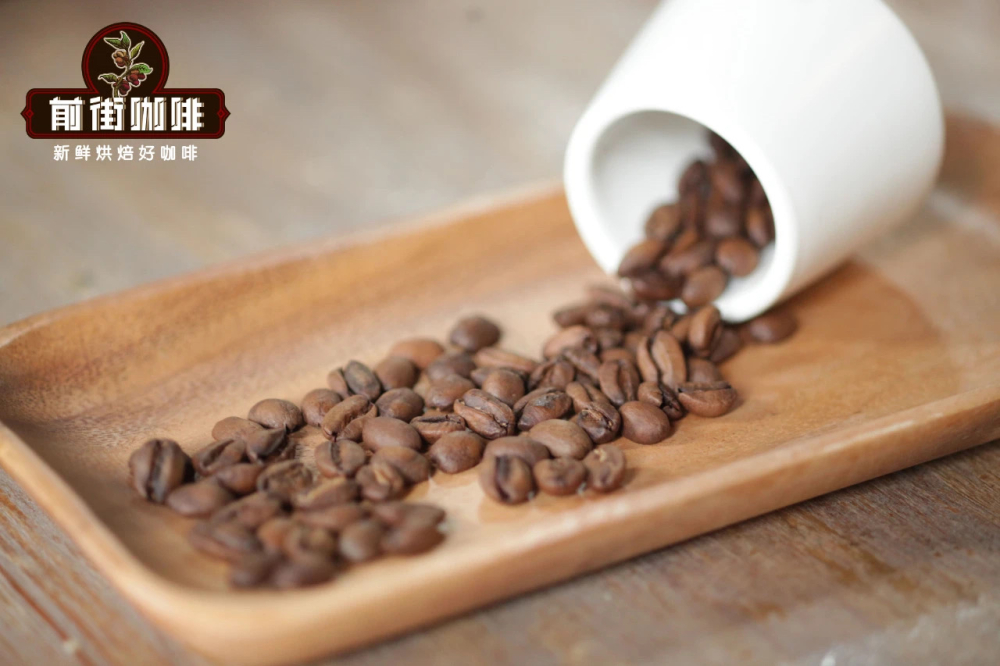
There are many subspecies of Arabica, which are derived from the oldest Typica in Ethiopia and Bourbon in Yemen after transplanting from Central and South America or Asia. Ethiopia is the gene pool of Arabica coffee varieties. In Qianjie, let's give us some varieties that we are familiar with:
The rough classification is listed below.
"Ancient native species"Typica": the oldest native variety in Ethiopia, all Arabica are derived from iron pickups. The top leaf of the iron pickup is bronzed, and the bean body is oval or thin in shape; the flavor is elegant, but the physique is weak, the disease resistance is poor, and the fruit yield is low. Excellent coffee such as Jamaica Blue Mountain Coffee, Sumatra Manning Coffee, Panamanian Alida Coffee and Qianjie 2013 Iron pickup Coffee are all iron pickups. One of the characteristics is that the top leaf of Tibica is bronzed.
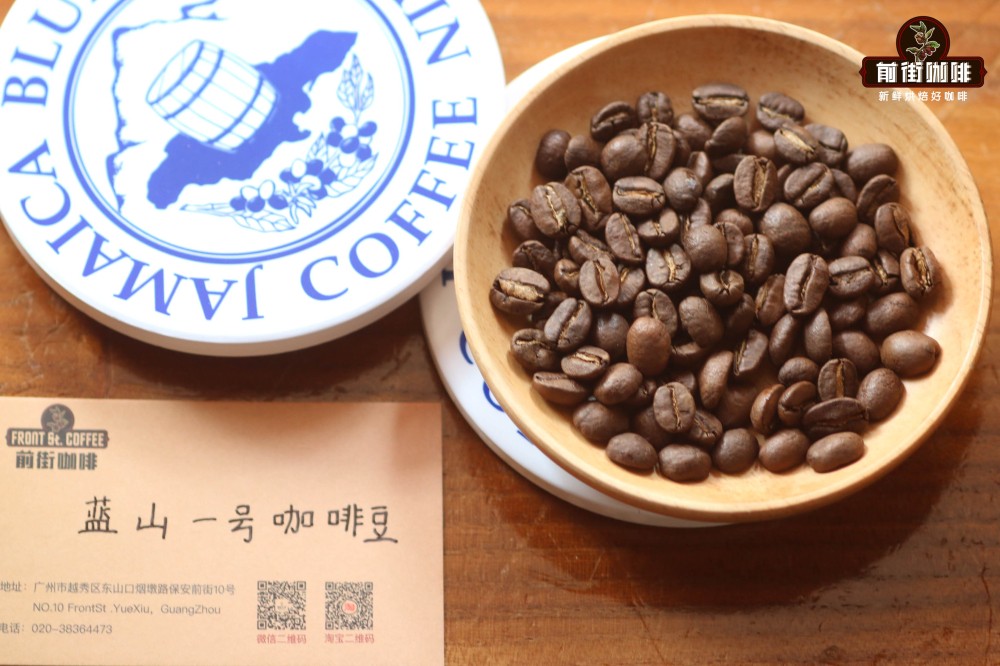
"Bourbon":
After the early (prehistoric coffee) iron pickup was transplanted to Yemen, the bean shape changed from thin and pointed to round. It was named bourbon in 1715 after France transplanted round beans from Yemeni mocha to the island of Bourbon on the east coast of Africa (renamed Reunion after the French Revolution). Bourbon beans spread to Brazil and Central and South America in 1727, and the British transplanted Yemeni mochas to St. Helena Island (where Napoleon was later imprisoned) in 1732. Bourbon is the winner of the American boutique coffee cup test. Bourbon is divided into red bourbon, pink bourbon and yellow bourbon. The Brazilian coffee on the front street is red bourbon and the Brazilian queen coffee is yellow bourbon.
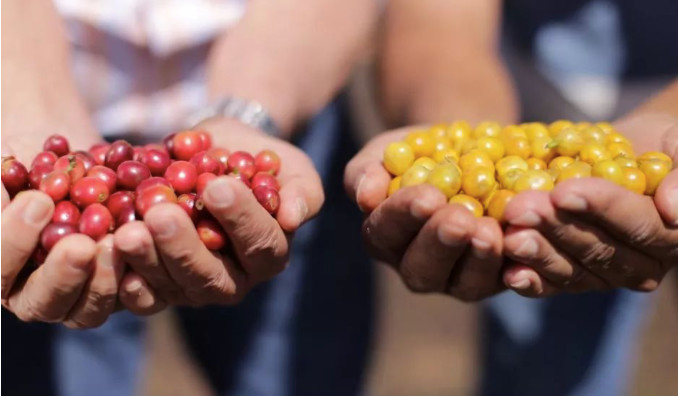
Kenya "SL28" and "SL34": Kenyan boutique coffee is washed, so the flavor is clean and bright, and the sour taste is more prominent. Many small farmers still adhere to high-quality control, high-quality products come out one after another. In the phosphoric acid-filled Kenyan soil, it seems that both SL-28 and SL-34 bourbon variants have adapted and are the contributors to the unique aroma of Umei acid. The unique aroma of Umei acid, citrus, wine-like taste, mixed with sweet sugar cane, strong aroma but elegant, clear and distinct layers, complex and deep taste, full of individual acidity, showing the extraordinary quality of Kenyan boutique coffee. Such as the Kenyan Azaria Coffee on the front street.
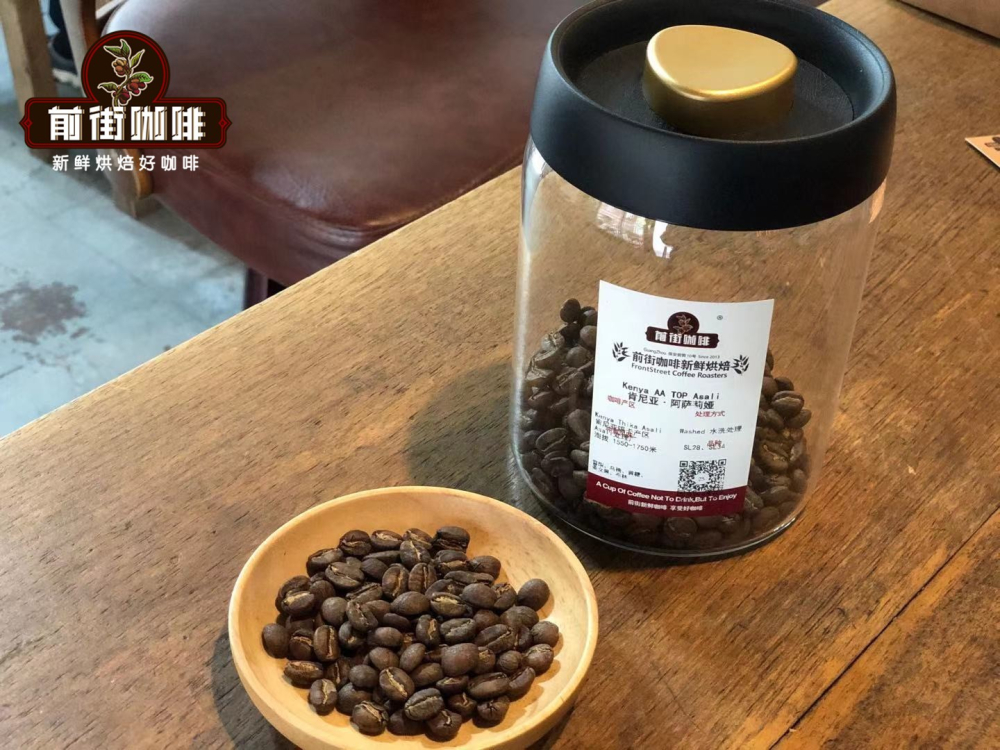
Kaddura (Caturra): a natural variety of Arabica variety bourbon, discovered in Brazil in 1937, its tree is not as tall and shorter as bourbon. Due to inheriting the blood of bourbon, the resistance is relatively weak, but the yield is higher than that of bourbon. Although found in Brazil, Kaddura is not suitable for growing in Brazil, so it is not planted on a large scale in Brazil, but is popular in Central and South America, such as Colombia, Costa Rica and Nicaragua. Kaddura is widely planted in Brazil.
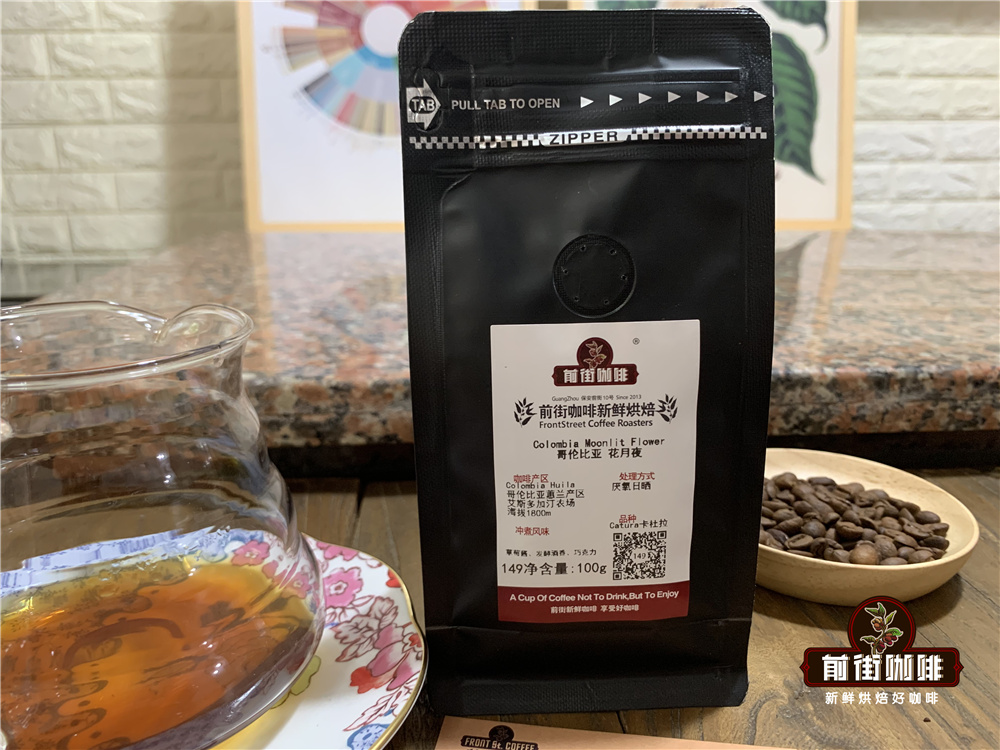
Catuai: Kaduai is a hybrid of New World and Kaddura. It inherits the advantage of Kaddura's low stature and makes up for the weakness of Arabica fruit. The result is solid, and it is not easy to fall when the strong wind blows. The biggest regret is that its overall flavor is slightly more monotonous than Kadura. Kaduai also has the difference between red fruit and yellow fruit, and red fruit wins more often than yellow fruit. Kaduai, Kaddura, New World and bourbon are the four main varieties of coffee in Brazil.
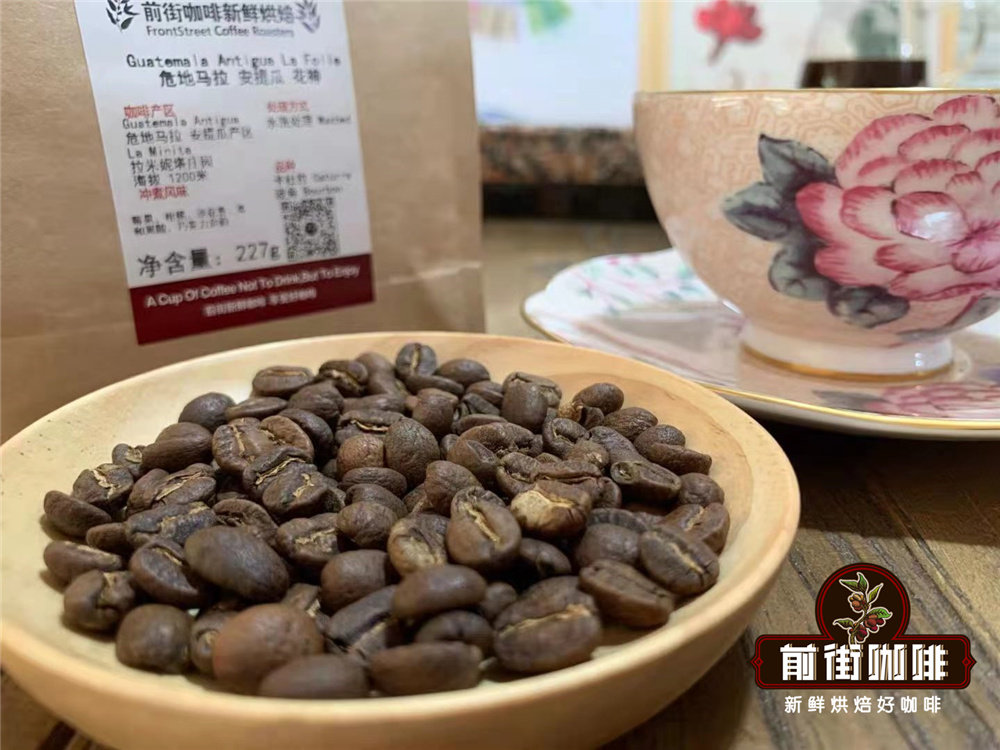
Sumatra Sumatra Typica / Sumatra Sumatra Mandheling: Indonesian coffee is mainly produced in Sumatra, Java and Sulawesi, of which Sumatra Manning is the most famous.
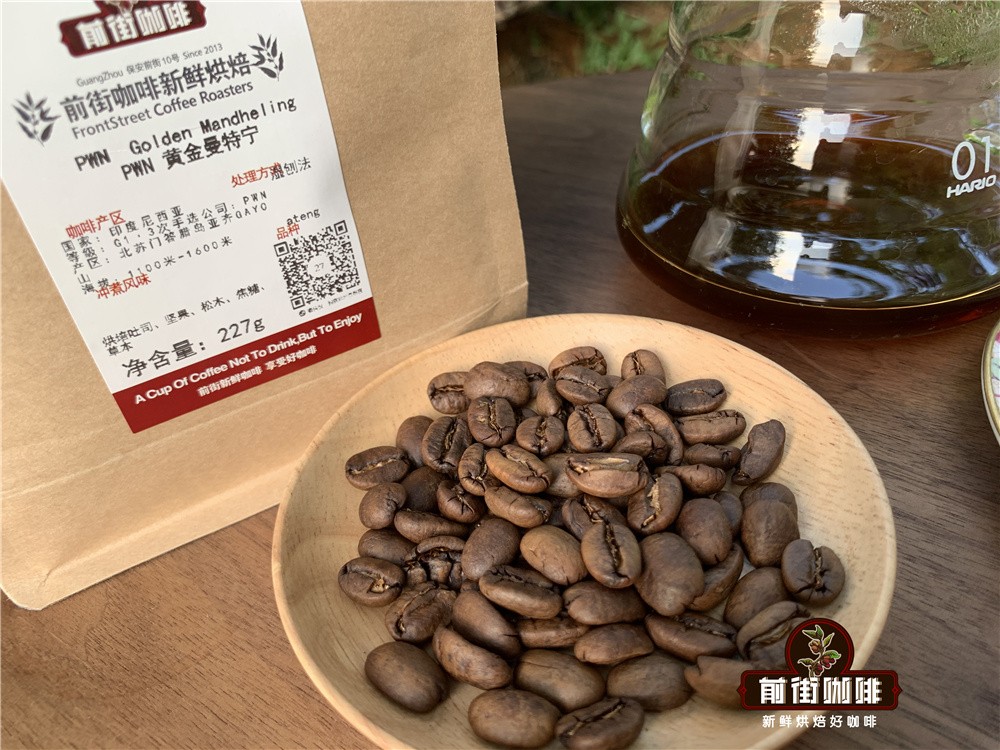
Lintong is also known as Sumatran Coffee, Lake Tawa at the north end can be called Aceh Coffee or Lake Tawa Coffee, and the area between Lindong Coffee and Lake Toba can be called Manning. The taste of Turin is strong, with rich mellow and rich and lively movement, neither astringent nor sour, mellowness and bitterness can be fully revealed. The appearance of Mantenin coffee beans is arguably the ugliest, but coffee fans say that the worse the Sumatran coffee beans are, the better, mellow and slippery they are. There are Indonesian mantenin coffee and golden manning coffee on the front street.
Rose summer (Geisha):
The famous Rosa Rosa, a derivative of the Ironka family, was exported from the Geisha Mountains of southern Ethiopia in 1931 (Geisha is synonymous with Japanese geisha). After being unknown in many countries, it was transplanted to Panama in the 1960s and did not begin to win cup tests until 2005.
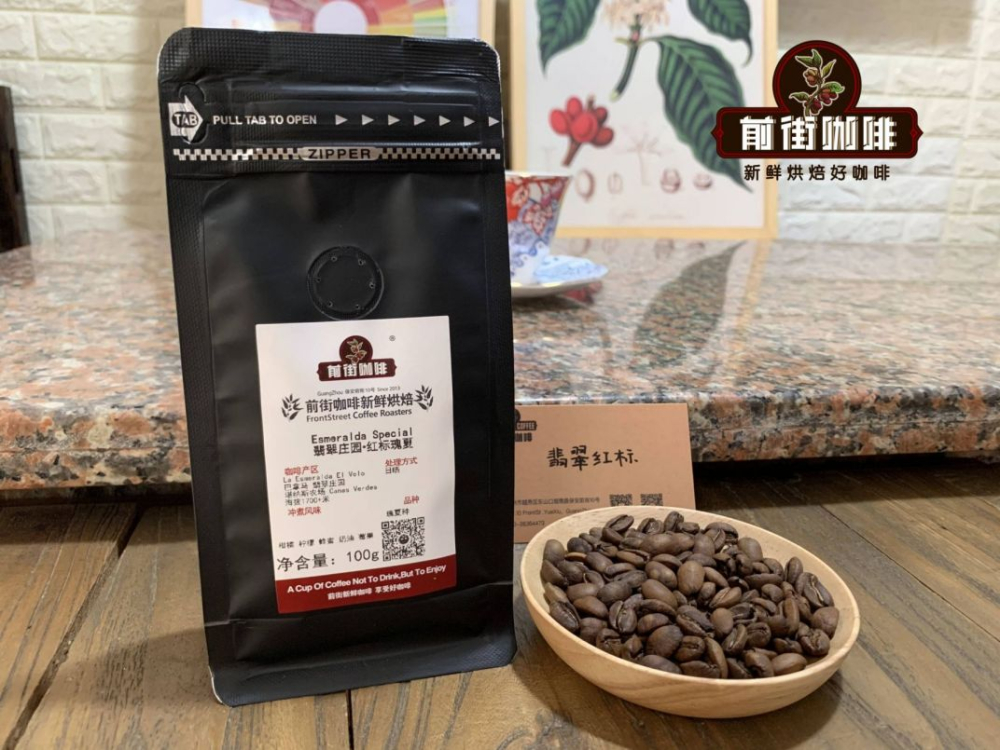
At present, the best-known origin of Rosa Rosa is in the Pokuit region of Panama, a small city at the eastern foot of Mount Baru. The most famous rosy summer coffee plantations in Poquet are the famous Emerald Manor (La Esmeralda), Arida Manor Elida Estate and Panamanian NPGE Manor. Although Rosa Coffee is grown all over the world, even in Taiwan, the flavor is not as amazing as that of Panama. On the front street, there are red rose summer, green rose summer and Poquet Pisha of the emerald manor.
Arabica and Robusta
Arabica and Robusta are the two most common varieties on the market. Arabica belongs to small grain species, while Robusta belongs to medium grain species. Compared with the other 22-chromosome robusta coffee beans, Arabica has 44 and 22 pairs of chromosomes. Doubling the number of chromosomes not only makes Arabica coffee better, but also brings it a rich and unique sweet and sour flavor, which is better than Robusta.
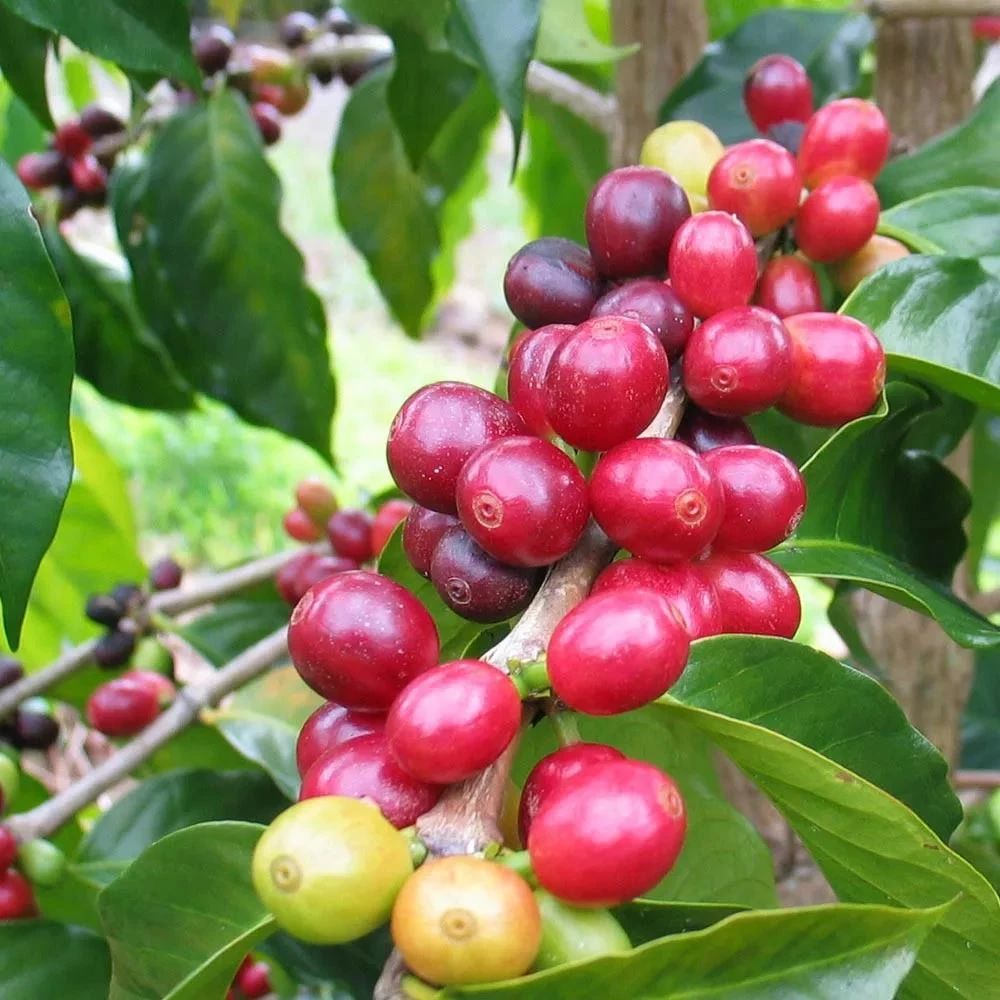
Arabica needs to grow in 800-2200 meters without frost. The higher the altitude is, the significant temperature difference is formed, thus delaying the ripening of coffee fruit, more conducive to the accumulation of coffee flavor substances, and the fuller aroma development. The microclimate of each coffee producing area provides a variety of growth conditions for Arabica, forming a unique flavor and taste. At the same time, coffee at higher altitude is more vulnerable to insect pests and climate. It is generally planted at higher elevations, bearing less fruit and ripening more slowly. High-quality Arabica coffee requires more manual management and picking, and the production cost is higher.
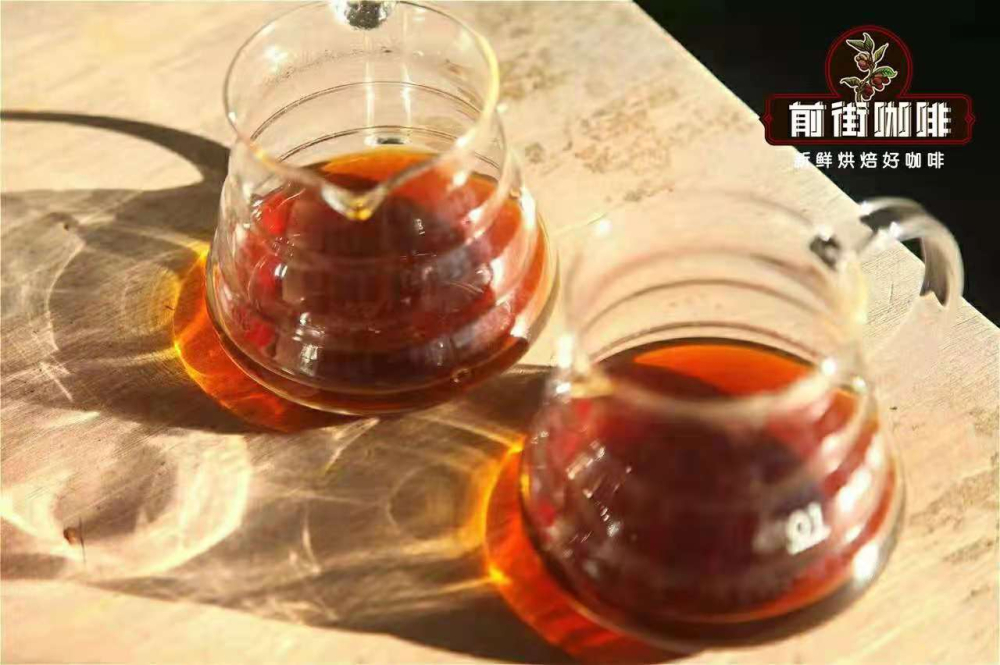
For the "delicate" Arabica, Robusta has a caffeine content of 2.7% Mel 4%, twice that of Arabica. Caffeine, as a natural pesticide for plants, is protected from most insects, so it is easier to grow and cheaper, coupled with higher amino acids and chlorogenic acid, with a mellow, lower bitter taste. As well as walnut, peanut, hazelnut, wheat, cereal and other flavors, when not handled well, there will be a fishy smell, so it is not so popular and is often used in deep baking Italian beans formula or instant coffee.
Some Arabica species produce less caffeine and have a balanced flavor, but they are very expensive, while others have high yields, mediocre flavors and moderate prices. Although Arabica is superior, not all Arabica coffee is good.
Qianjie coffee brewing suggestion:
Most of the coffee on the market is Arabica, especially the boutique coffee is almost Arabica. Although the flavor of Arabica coffee is good, you still need to pay attention to the freshness of coffee beans in order to brew a good cup of coffee. Qianjie has always believed that the freshness of coffee beans has a great relationship with the flavor of coffee, so the coffee beans shipped in Qianjie coffee are roasted within 5 days. The purpose of Qianjie roasting is "freshly roasted coffee", so that every guest who places an order is the freshest coffee when he receives it. The bean cultivation period of coffee is about 4-7 days, so when the guest gets it, it is the time when the flavor is the best.
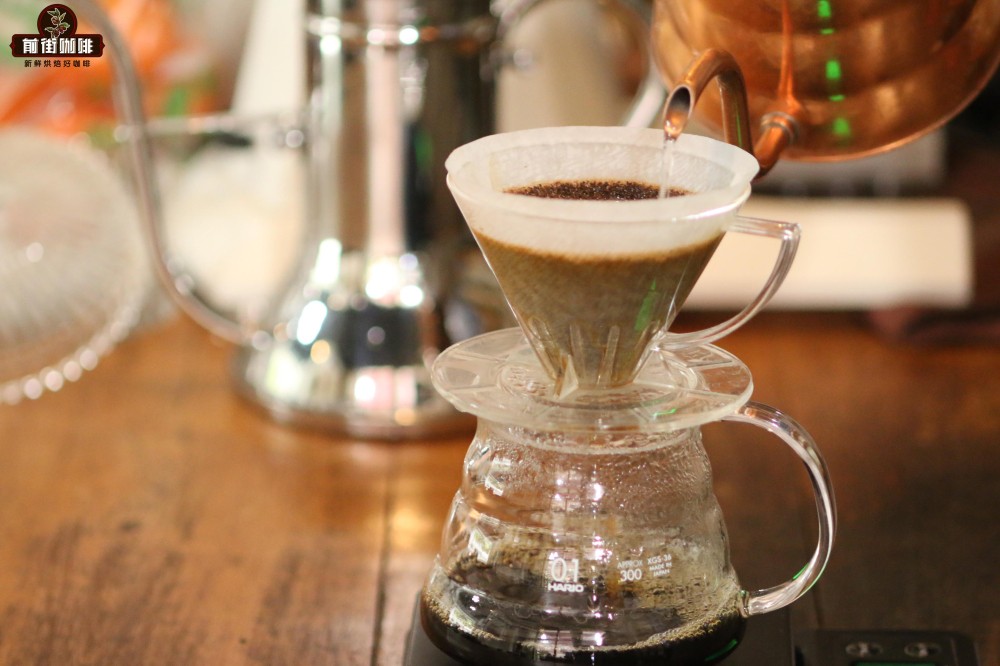
For those who need to be ground, Qianjie warmly reminds you that if the coffee beans are ground in advance, there is no need to raise the beans, because in the process of transportation, the pressure caused by carbon dioxide in the package can also make the coffee flavor round. so you can drink a cup of coffee as soon as you receive the coffee powder. But the coffee powder needs to be brewed in time, because the coffee powder oxidizes more quickly after contact with the air, that is to say, the flavor of the coffee will dissipate more quickly, and the flavor of the coffee is not so good. Therefore, Qianjie suggests buying whole beans, grinding and flushing now, so that we can better taste the flavor of coffee.
Professional coffee knowledge exchange more coffee bean information please follow the coffee workshop (Wechat official account cafe_style)
For more boutique coffee beans, please add private Qianjie coffee on Wechat. WeChat account: qjcoffeex
Important Notice :
前街咖啡 FrontStreet Coffee has moved to new addredd:
FrontStreet Coffee Address: 315,Donghua East Road,GuangZhou
Tel:020 38364473
- Prev
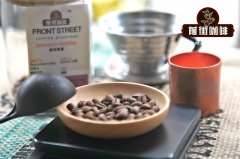
Introduction to Arabica coffee beans | is the flavor and taste of Arabica coffee beans good
Professional coffee knowledge exchange more coffee bean information please follow the coffee workshop (Wechat official account cafe_style) Arabica coffee is the most used coffee beans in the coffee market, accounting for 70% of the coffee market, the so-called mobile phone of the coffee industry. Because Arabica is grown at high altitude, it has high nutrient absorption, abundant precipitation and slow ripening, so both aroma and taste
- Next
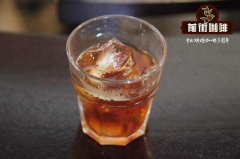
How about robusta coffee | how about robusta coffee beans | how is the flavor and taste?
Professional coffee knowledge exchange more coffee bean information Please pay attention to coffee workshop (Wechat official account cafe_style) Coffee is now the world's number one beverage, the amount and quantity of consumption is huge, coffee is also a trade commodity only in oil, it is very popular in the world, the consumption frequency of coffee abroad is very high, basically 3 cups a day
Related
- Beginners will see the "Coffee pull flower" guide!
- What is the difference between ice blog purified milk and ordinary milk coffee?
- Why is the Philippines the largest producer of crops in Liberia?
- For coffee extraction, should the fine powder be retained?
- How does extracted espresso fill pressed powder? How much strength does it take to press the powder?
- How to make jasmine cold extract coffee? Is the jasmine + latte good?
- Will this little toy really make the coffee taste better? How does Lily Drip affect coffee extraction?
- Will the action of slapping the filter cup also affect coffee extraction?
- What's the difference between powder-to-water ratio and powder-to-liquid ratio?
- What is the Ethiopian local species? What does it have to do with Heirloom native species?

